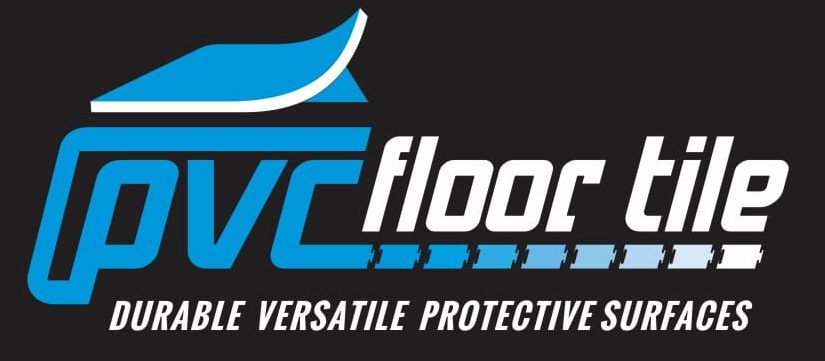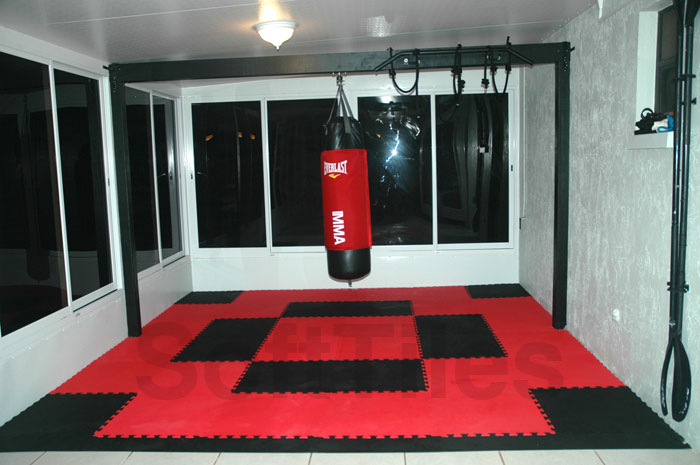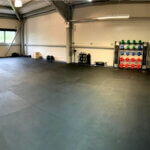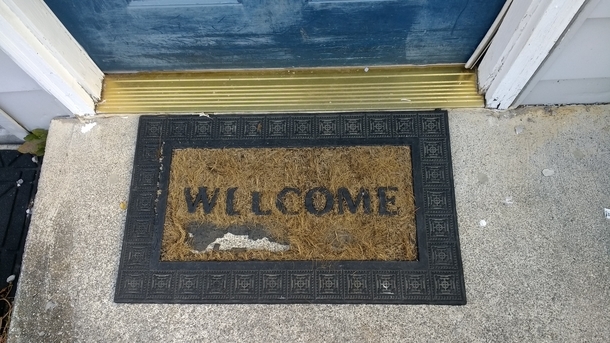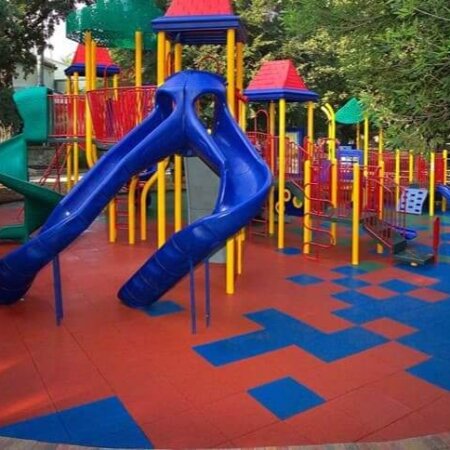
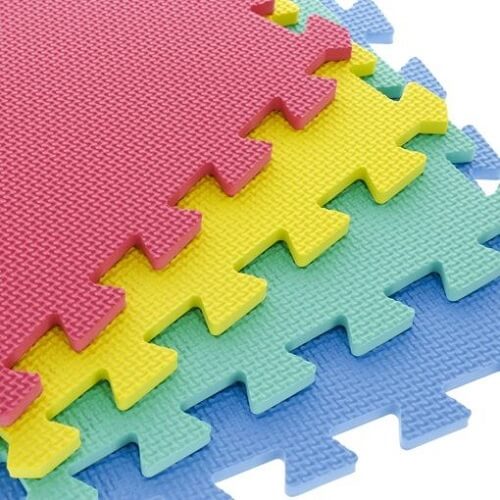
Play Area Flooring for Indoor and Outdoor
Rubber Flooring
This is one of the best flooring options, this type can be used for both indoors and outdoors play areas.
Why Rubber Flooring?
- Easy to clean
- Shock and impact absorber
- Easy to maintain
- Soft and comfortable
- Hygienic
- Resilient
- Waterproof
- Non-slip
Eva Foam
Eva form is and has been a great alternative, as the material can protect both the users and the subfloors, it is made from a comfortable material with no odor at all. This material is suitable for indoor playing areas only.
Characteristics of Form
- Easy to install
- Water-resistant
- Easy to clean
- Impact and shock absorber
- Anti-fatigue
- Comfortable on the body
- Versatile
Foam tiles are found in a variety of designs and colors, are resilient, and can withstand a variety of pressures such as traffic.
Artificial Grass / Turf
This flooring option can be used for both outdoor and indoor play areas. Artificial turf provides a comfortable and safe floor covering. Most activities can be done on this type of floor even ball games and it does not wear out easily.
Characteristics of artificial turf
- Soft
- Durable
- Resilient
- Easy to maintain
- Comfortable on the feet
- Versatile
The downside of artificial grass is that:
- Expensive – artificial grass is a very expensive flooring option for a play area
- Impact absorption – this flooring is not impacted absorbent, it is also not safe to slide on as it can cause injuries and burns.
Choosing the Right Flooring for Your Play Area
Choosing the right flooring option determines the usefulness of the playing area, a floor that is unforgiving will render the purpose of the area useless as many children will only want to stay there for a limited time.
There are a few specific details to consider when choosing the right flooring option for your play area issues, like:
- Are there any special features required on the floor like draining options
- If there like to behave impacts on the floors, this will determine the type and thickness of flooring material required.
- Does the play area have high traffic (is it a commercial play area or a private area)
- Is the play area for indoors or for outdoors
- Activities that will be happening at the playing area also determine the type of flooring material required.
- Is the play area temporary or permanent ( there are flooring options than cannot be used on temporary floors)
- Floor versatility
- Safety – the main reason for installing a special floor for your play area is safe, though it is not possible to take away completely the possibilities of injuries on playgrounds, good and right flooring options help reduce the chances of injuries.
Play areas can be used with both adults and children, so a strong, resilient, waterproof flooring option is ideal for any playing area.
Frequently Asked Questions
Question 1
How do I install playground flooring and where can I find installation guides?
Installing playground flooring is easier than you might think! Whether you choose rubber mulch, tiles, or even playground turf, you can follow detailed DIY guides that walk you through the process. You’ll find comprehensive instructions in our PVC Floor Tile Installation and Cleaning Guide. Plus, if you’re interested in playground turf, check out our online buyers’ guide in the playground turf section for advice on the necessary tools and techniques.
Question 2
How long does playground flooring last with proper maintenance?
With proper care, your playground flooring can last for many years, sometimes even decades. Most products come with warranties ranging from 10 to 15 years, which really highlights their durability. Always check the specific details and specifications of each flooring product to make sure it meets your expectations for long-lasting performance.
Question 3
What safety rating should residential playgrounds aim for?
According to Private Property, you need to ensure protective surfaces extend at least 2m in all directions from stationary playground equipment and four times the height of the suspending bar around swings.
Question 4
How do manufacturers ensure the safety of playground flooring?
Safety is a top priority, and manufacturers make sure of it by testing the flooring’s ability to absorb shocks. These tests involve simulating a child falling from various heights to establish reliable safety ratings. This allows playground operators to pair the right flooring with specific equipment, optimizing safety.
